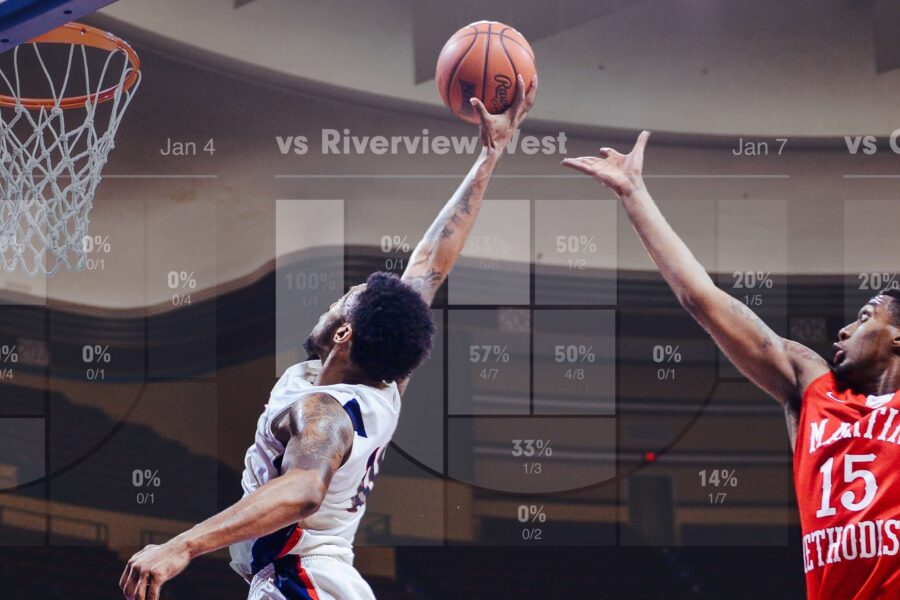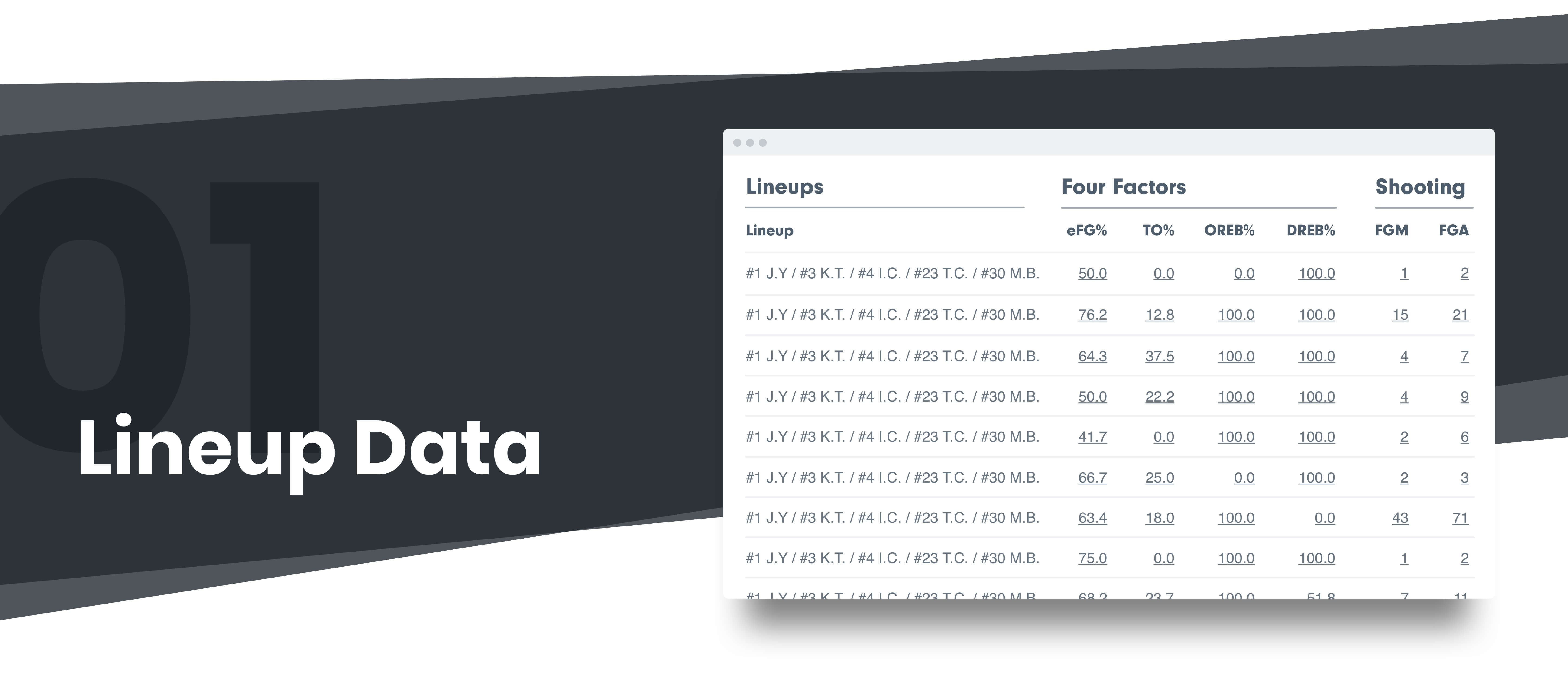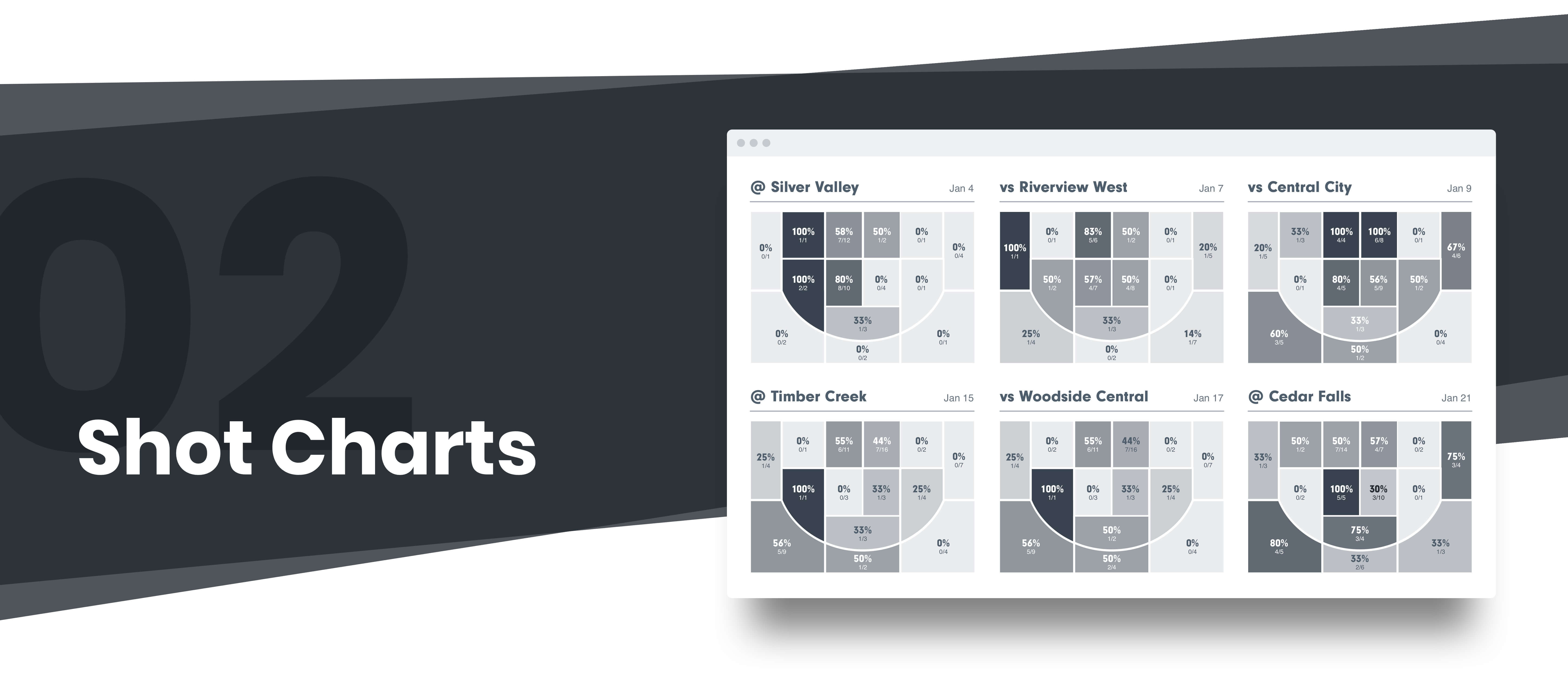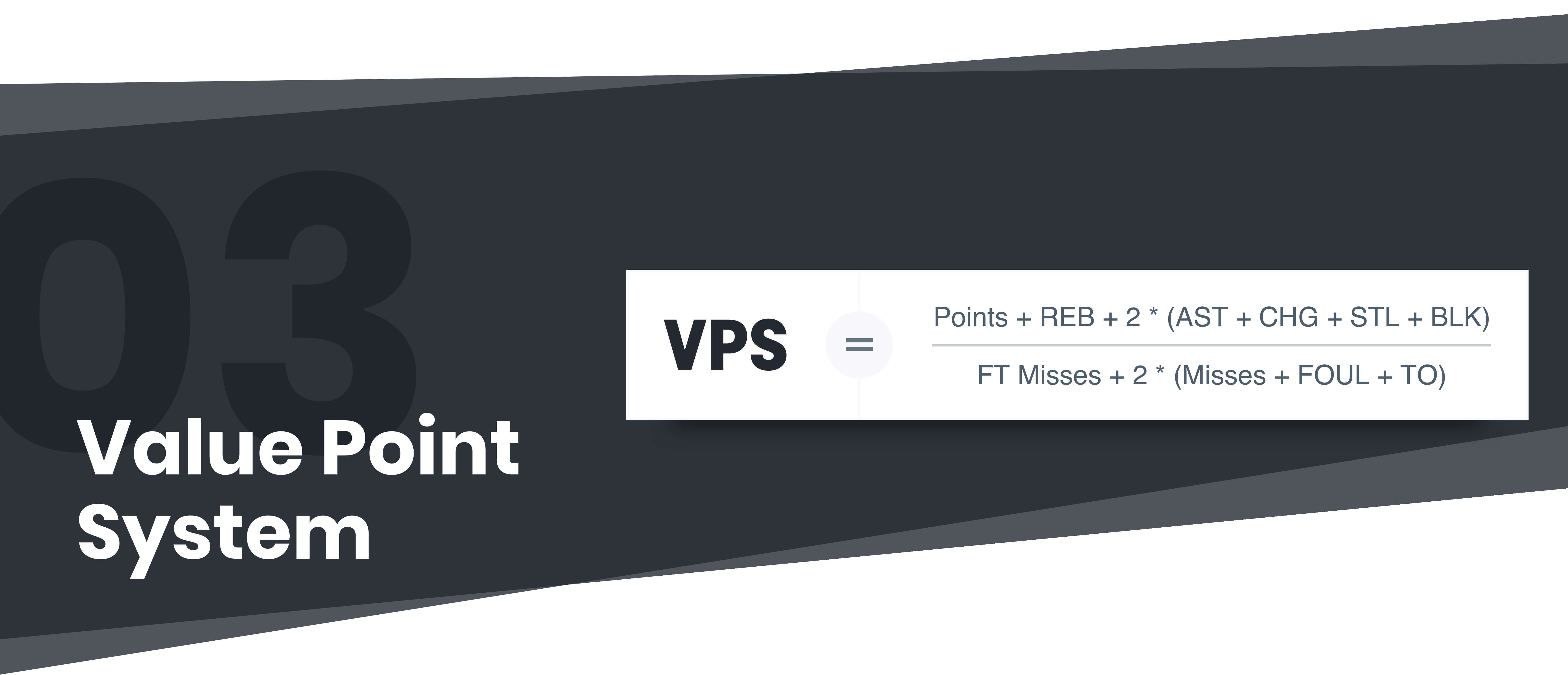3 Stats & Reports to Help You Choose the Right Strategy for This Season

With the season rapidly approaching, it’s time to start building your game plan. Accelerate that process with stats linked to video.
There are a lot of things to consider as you begin to craft your strategy for the upcoming season. Your team must replace the production of departed seniors and transfers and determine which younger players are best suited to step into larger roles. While your overall style may not undergo sweeping changes, it’s important to tweak your game plan based on your current team’s abilities.
Allow the statistics to help you. By examining last year’s numbers and watching the video connected to them, you can find useful nuggets to help shape your current squad.
We recommend you get familiar with these three types of data as you develop your plan for this year.

For whatever reason, some athletes just play better together. Chemistry is crucial in basketball, and certain players feel more comfortable playing with one another. When they have full trust in one another, they seem to share an almost telekinetic connection, always knowing where their teammates will be.
Lineup data helps you find the most lethal combinations. It shows you which groups of players are most efficient offensively, which lock down the opposition best, and who owns the boards together. It can also shine a spotlight on players that don’t mesh that well.
“It’s a simpler process than you’d expect,” Tucker Zeleny, the director of sports analytics and data at the University of Nebraska, said. “It makes it pretty easy to look at the five-player combinations. We look at, ‘Here’s our best, here’s our worst.’ We try to look at our most common combinations when we’re putting a lot of weight into it.”

The key to having an effective offense is your athletes getting shots in the areas where they truly excel. This is why shot charts are so valuable. They clearly display each athlete’s shooting percentage and volume from different spots on the court.
Hudl links shot charts to video, which gives them an extra boost. Now you not only see where your athletes prosper, but also why. This information can be critical to building your offense and determining what plays to run for each player.
“When I can look at the chart and see what’s going on, I’ll click on the specific area and that’ll pull up video,” Chris Horton, the women's coach at Lone Oak High School (Texas), said. “If I’ve got a girl that’s having trouble scoring inside, why? What’s she doing? It helps me coach them. It helps me big picture with offensive design, but it also helps me help them. I’ll go into each individual area and I’ll pull up the video.”
Shot charts go beyond the individual. Look at team shot charts to expose areas where everyone struggles. Consider devoting some additional practice time to those spaces or creating new plays to get better looks.

The beauty of VPS is that it takes minutes out of the equation. Whether an athlete played 35 minutes or 10, this all-encompassing stat compiles his or her contributions into one number to define their performance.
VPS brings to light the efficiency quotient that can be hidden by traditional counting stats. By balancing both positive and negative contributions, it provides a more complete view of how an athlete actually performs.
“It takes the positive stuff, divides it by the negative and gives you a value point system,” Ryan Fretz, the head coach at Clyde High School (Ohio), said. “It truly shows how efficiently how your players are playing. Your star can come out and say, ‘I had 22 points and 10 rebounds last night.’ ‘Yeah, but you also missed ten free throws, had five turnovers and took 30 shots in the game. Look how much more efficient you could be if you took care of the ball and had better shot selection.’
“Colleges look at it. The NBA looks at it. They don’t just look at points and rebounds and assists. We’re looking at the efficiency of the players.”
VPS could help you identify players who thrived in lesser roles last year, but might be ready to step up this season.
This is just a small sample of the data you can examine from last year’s team to set this year’s up for success. With everything linked to video, it'll be easy to get a good idea of what your team needs and who can step up.